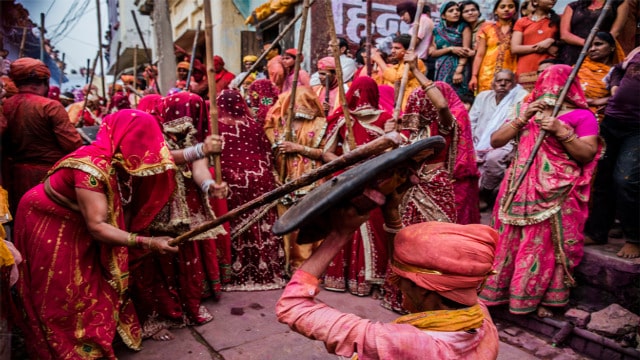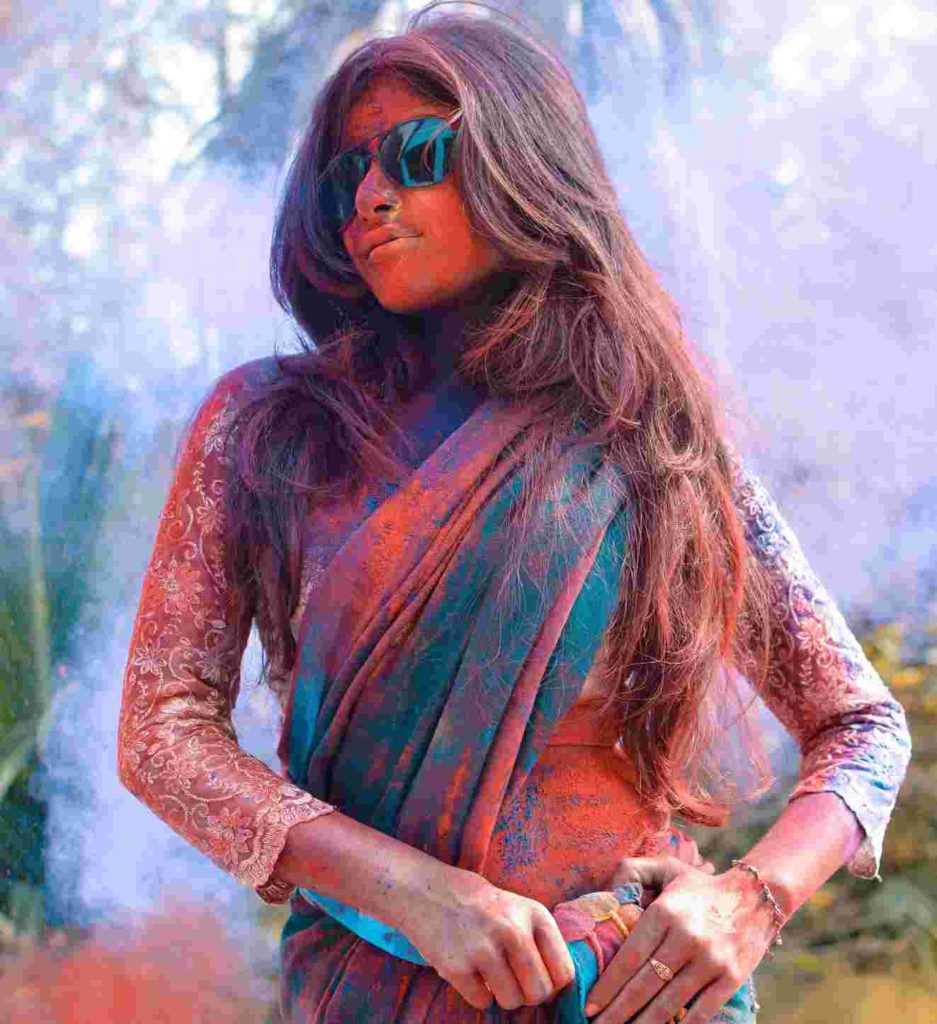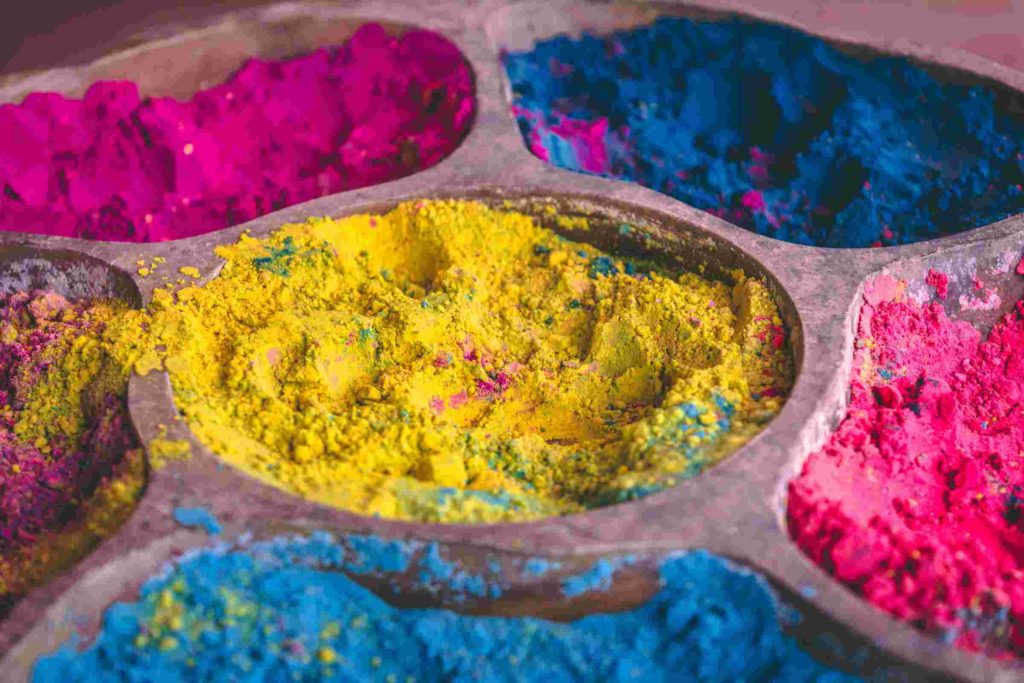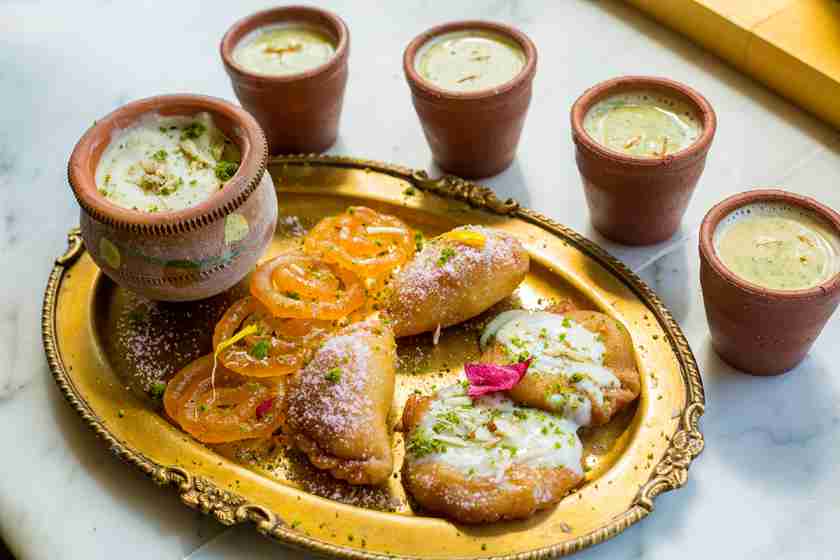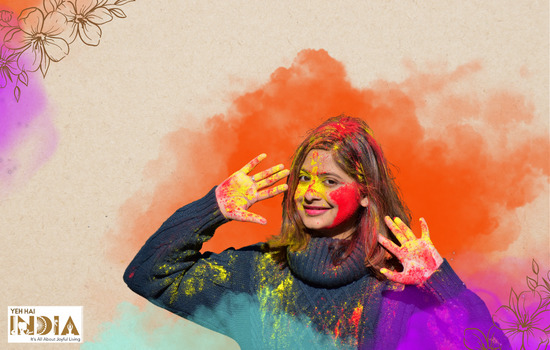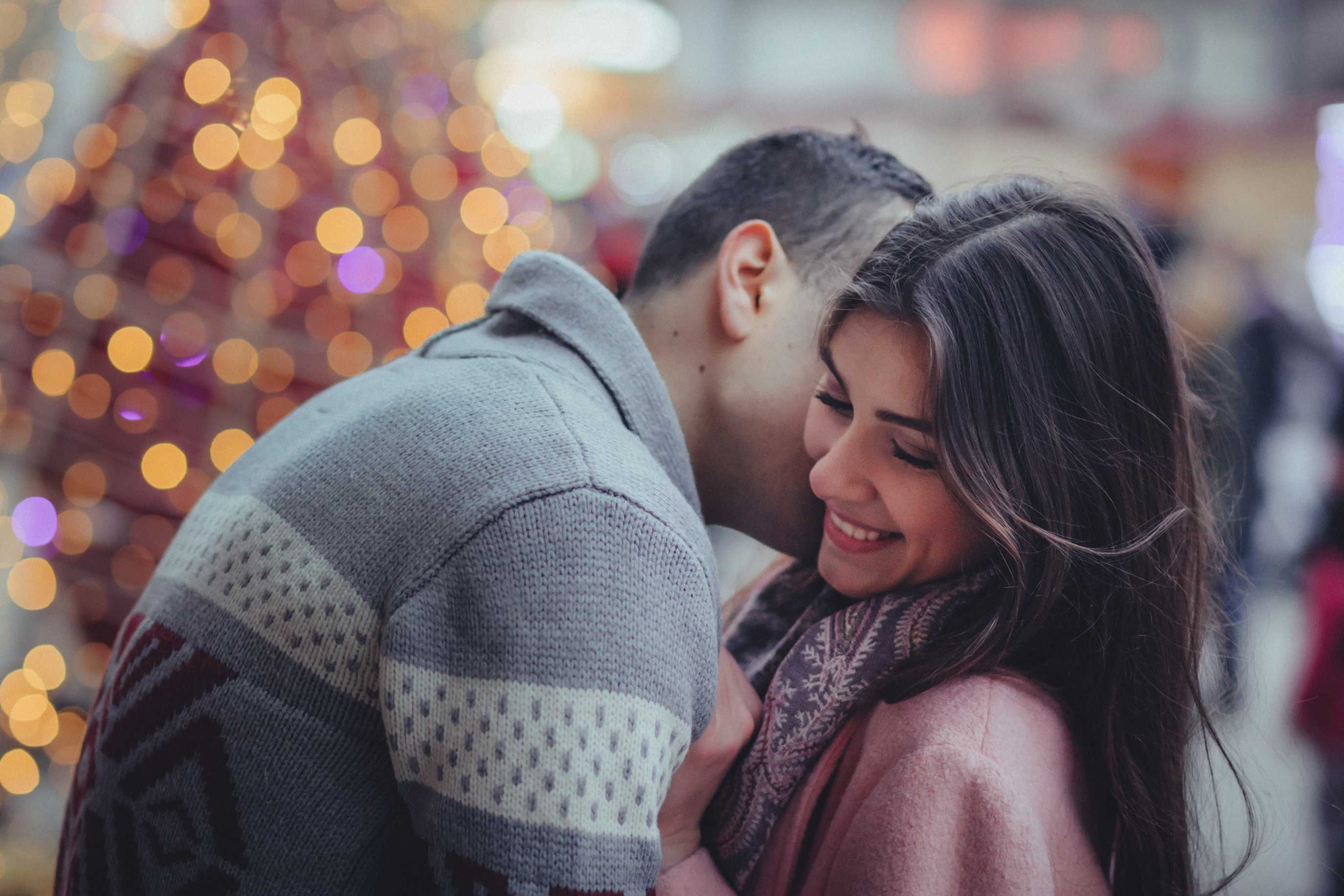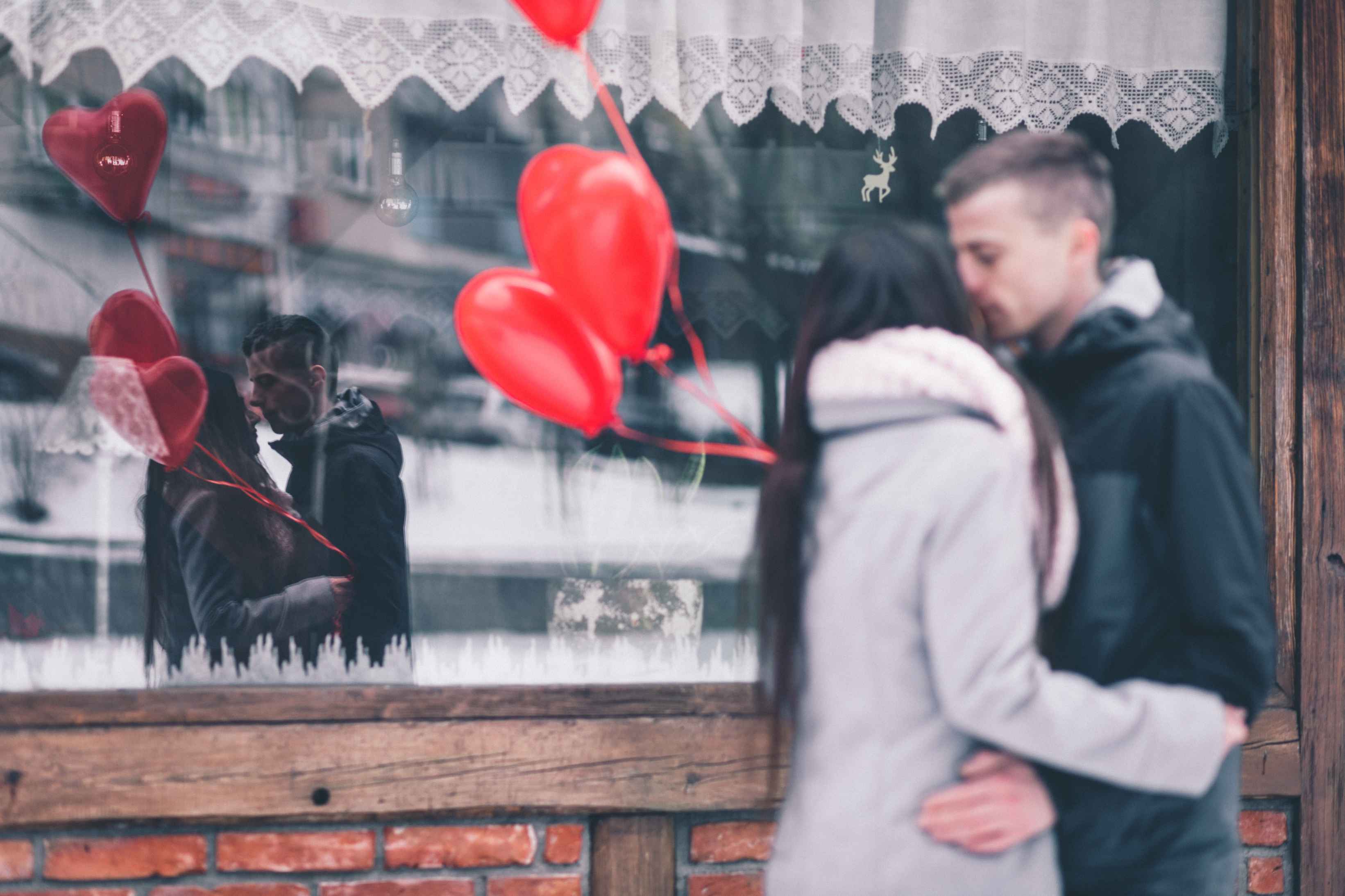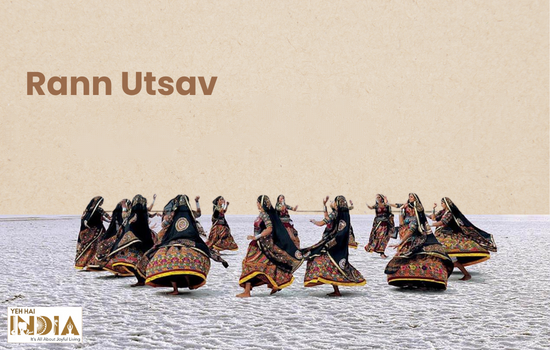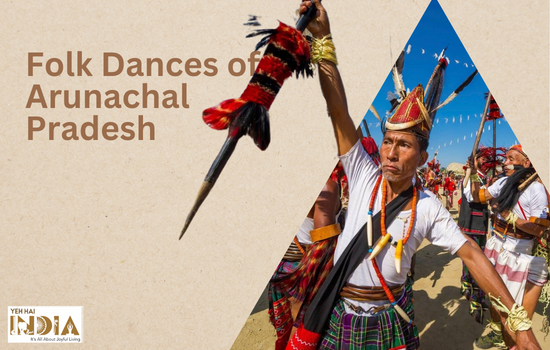After three months of chilling us to the bone, the weather has finally turned pleasant. March brings with itself the smell of new flowers, freshness of leaves, and the warmth of the summer sun. Days start to get warmer and the nights, comfortably cooler. The songs of birds in the late evenings drawn over a pink sky together paint a beautiful picture.
Not only is March all things peaceful, but it is also all things colourful, because it also welcomes the festival of HOLI!
Holi is the festival of colours celebrated majorly by the people of Northern India. In fact, it is also associated with harvest and welcoming spring season. All of us celebrate Holi, but do we really know why?
Here’s what the Legend says
Bhagvata Purana talks of a demon king name Hiranyakashipu or Hiranyakashyap, who was hated by everybody in his kingdom because of his evil deeds.
Hiranyakashipu, however, was a great devotee and wanted to become supremely powerful. For this, he prayed for years together, and was also granted a boon. With this boon he was overpowered with the feeling of being God himself.
His son, Prahalad, refused to obey him and was devoted to praying to Lord Vishnu. Hiranyakashipu was furious at his son’s behaviour and disobedience, and decided to kill him a number of times. Prahalad’s true nature of worship saved him from his father’s treacherous intentions.
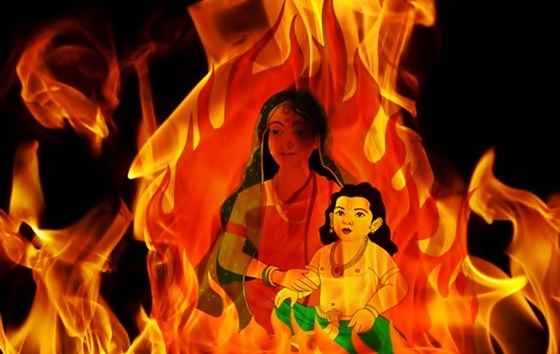
After many failed attempts, Hiranyakashipu asked his sister Holika to sit on a pyre with Prahalad in her lap. All this while, Prahalad kept reciting the name of Lord Vishnu. Their plan was to burn Prahalad to ashes as Holika was immune to fire. She covered herself with a cloak, and the pyre was lit. As luck would have it, her cruelty let her get consumed by the fire while Prahalad was saved because of his truthful worship to Lord Vishnu.
This is celebrated as ‘Holika dahan’, and marks the triumph of good over evil.
Lord Krishna and Holi
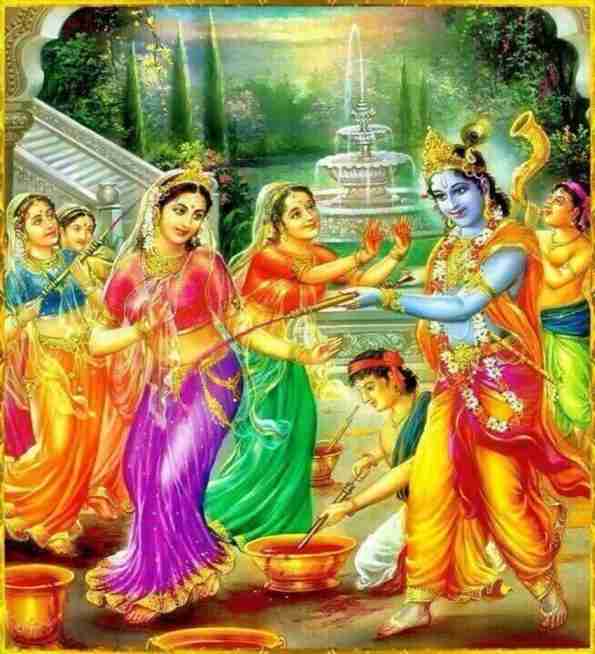
Holi is often related to Lord Krishna as well. Let us know how. Lord Krishna had developed a characteristic blue skin colour from feeding off of the breast-milk of Putana, a demon.
As he grew up, Radha and other kids would tease him for this. One day he goes to his mother and complains, to which she tells him to go and smear Radha’s face with any colour that he liked. This became an affair with his friends at Vrindavan and Gokul, and later got popularized at community level. This went on to become a tradition which today is known as Holi.
People in Vrindavan still celebrate Holi with great enthusiasm. The Holi here also known as “Braj holi”. There are two famous celebrations here ” Lath Maar Holi” and “Phoolon Ki Holi”.
Let the celebrations begin
Holika Dahan or Choti Holi
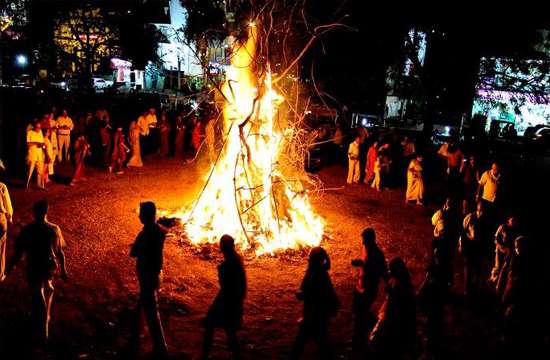
The preparations for Holi begin well in advance. People start collecting wood and other things for bonfire which is set in central parks, community parks, crossroads, etc. Often, a figurine of Holika holding Prahalad in her lap is set atop the pyre. The pyre is lighted after sunset and families circle it in prayer.
People dance and sing around it as it marks the end of evil. This is known as ‘Choti Holi.’ Or ‘Holika Dahan.’
Dhulandi or Badi Holi
The next day is called ‘Dhulandi’, ‘Badi holi’, or ‘Rangwali holi’. This is the day when children and adults alike enjoy the day smeared in different colours.
People come out to the streets to celebrate this carnival of colours with water guns and balloons. This play is accompanied by dance and music. There are many Bollywood and other songs on which the present day generation loves to tap their feet on and enjoy this day of colours to the fullest.
It is interesting to note that in the earlier days, colours were made naturally from plants and fruits. This was a part of the preparations that would begin days earlier. However, today, colours are easily available in the market.
The colour that people put on each others face is known as “Gulal”. People also use some chemical colours known as “Pakke Rang”. Kids are seen with water guns or commonly known as “Pichkaris”.
There are a lot of delicacies also that are prepared like Gujiya, Thandai, Kanji, Dahi Vada etc.
After playing with colours in the day, people clean up and visit their relatives to greet them.
On this day people try to forget all grudges and meet friends and family with warm hearts.
Among the colours and the festivities, here are a few things you must stay away from this Holi-
1. Chemical colours: They have an adverse effect on the skin and often result in allergies and rashes. Resort to the use of natural or herbal Gulal only. Do not use fast colours that have chemical ingredients.
2. Adulterated sweets: Every year, a number of news channels report adulterated sweets and ingredients at various large scale shops. Most shops try to maximize profits and minimize the amount they spend in preparation. Due to this, they end up using raw materials of cheap quality that often lead to sickness upon consumption. Hence, only go to shops that you know or trust or better yet, try to make delicacies at home and enjoy with your family.
3. Intoxication: It has become a new trend that festivals cannot truly be enjoyed with intoxication. Remember and realize that this is absolutely wrong! Festivals are being celebrated since times immemorial, and that too with huge pomp and show. Do not bow down to cheap thrills by indulging in intoxication and cause inconvenience to yourself and to those around you.
Festivals are the heart and soul of India, and Holi is the most colourful festival celebrated anywhere in the world. This Holi, colour your friends and family in love and care and enjoy the day of celebration!



